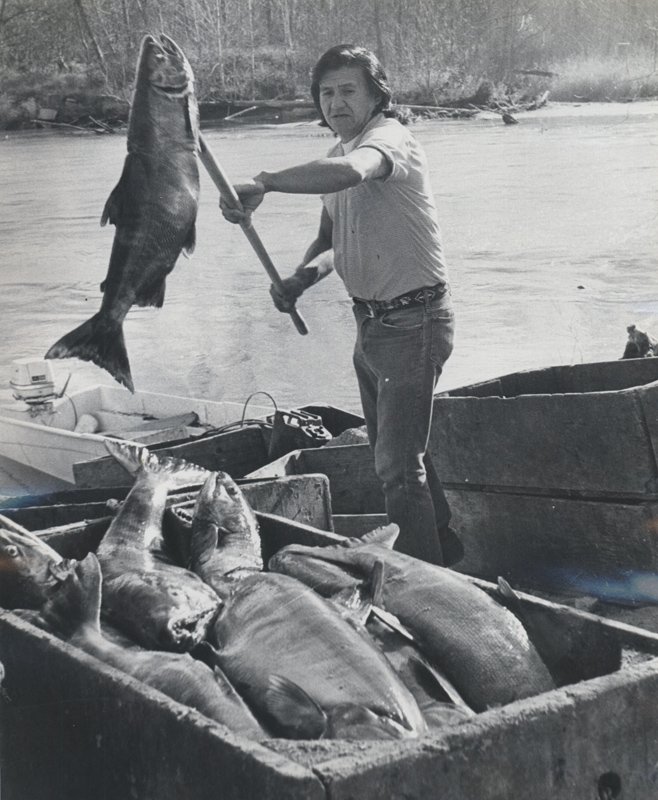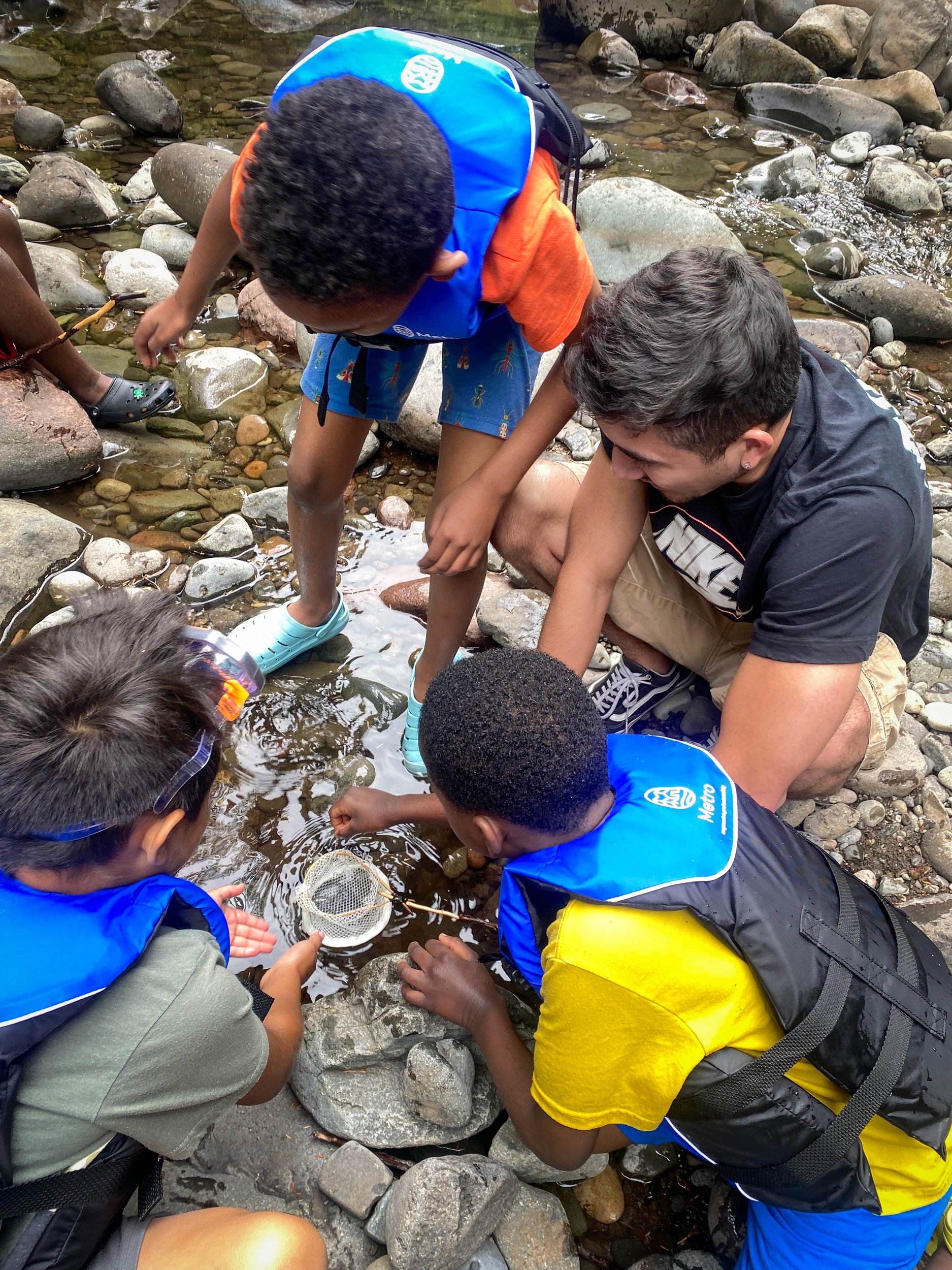What Is Environmental Justice?
The Environmental Protection Agency defines Environmental Justice as the fair treatment and meaningful involvement of all people regardless of race, color, national origin, or income with respect to the development, implementation and enforcement of environmental laws, regulations and policies.
Your environment isn't just your house—it's your neighborhood, where you work, and the larger community around you. Environmental justice can include the natural resources we rely on, public health, food sovereignty, and water quality, to name a few.
This idea of environmental justice is about making changes that treat everyone fairly, respect different cultures, and protect our planet. But here's the thing: not everyone causes harm to the environment in the same way, and not everyone feels the same impact from it. People with less money, those from communities of color, and folks with health issues or limited movement suffer the most when there's pollution, droughts, storms, or extreme heat.
That's why it's important to pay attention to these groups, to learn from them, and to support their ideas about what's fair and right. By listening and working together, we can make sure everyone has a voice in creating a healthier, and more just world for us all.
To us, environmental justice means having the right to live in a place that’s safe and healthy for everyone.

Environmental Justice in the Northwest
The Pacific Northwest is rich with historic and present community leaders who have been leading the national environmental justice movement.
In the 1960s, Native American fishermen held "fish-ins" to stand up for their treaty rights in the State of Washington during the Fish Wars. In Alaska, Alaskan Natives have spent more than a century fighting mining and drilling practices in the Arctic National Wildlife Refuge to protect wildlife, water quality, and cultural resources.
In Oregon, Black community advocates have pushed for recognition, reconciliation, and reparation for the Vanport flood of 1948 that killed 15 people and displaced 17,500 Black residents from the Portland Metro area.
Across the West, farmworkers have successfully addressed many pollutants in land, water, and air related to agro-industrial processes, and continue to fight for fair workplace conditions and against systemic exploitation.
Despite these efforts, data shows that the impact of colonization, racist policies, violence, and environmental destruction are still causing significant inequity in our communities.
Throughout our region, Indigenous communities are two times and Black communities are nearly three times as likely to experience poverty as their white neighbors. Communities of color in urban areas from Boise to Anchorage are more likely to live along major transportation corridors that increase their exposure to air pollution and increase their risk of developing asthma. Many rural communities are battling inadequate infrastructure and insecure water sources, high rates of cancer and illness near superfund sites and legacy mines, and poor living conditions in farmworker housing.
At the Northwest Environmental Justice Center, we provide technical assistance and support to advance your environmental and energy justice projects. We strive to be a place where Indigenous values and knowledge are centered and honored, where communities can access the expertise and resources needed to responsively create justice. Together, we can build the connections within and amongst communities needed to look generations into the future where ALL communities can thrive–no exceptions.
Photo of Billy Frank Jr., February 1973 by Tom Thompson, The Northwest Indian Fisheries Commission

Learn More
In 1991, Delegates to the First National People of Color Environmental Leadership Summit drafted and adopted 17 principles of Environmental Justice. These Principles have served as a defining document for the growing grassroots movement for environmental justice across the country and world.



